Start Composting at School: A Complete Guide for Educators
Previous PostBooks aren't the only way kids learn. We all know what they do at school lasts a lifetime. And knowing where their food comes from can change how kids think about eating.
A substantial portion of this learning process involves children actively participating in gardening and composting, which connect them deeply to the earth and their meals.
Composting at school is one of the easiest and most impactful ways to teach children about sustainability, recycling, and care for the environment. It gives students hands-on experience with nature while helping schools reduce food and garden waste. Whether you have a small garden corner or a few plastic buckets, composting can easily become a fun classroom project.
- Why Should Kids Learn How to Compost?
- Benefits of a School Compost Pile or Bin
- What Can Go Into a Compost Pile – The Do’s and Don’ts
- How to Start a Compost Pile or Bucket System at School
- Maintaining and Troubleshooting Common Compost Issues
- Making Composting Fun for Kids
- Feedback Questions for Kids
Why Should Kids Learn How to Compost?

Teaching composting early helps children understand how waste can be turned into something valuable. Here’s why it’s a great learning activity:
- Builds awareness about food waste and recycling.
- Teaches responsibility through caring for living soil organisms.
- Encourages teamwork and community involvement.
- Introduces basic science concepts like decomposition and soil biology.
- Fosters respect for nature and sustainable habits.
Benefits of a School Compost Pile or Bin

A compost bin at school is more than just a waste solution - it’s really a long-term educational tool.
- Reduces the amount of waste going to garbage pile.
- Provides free, nutrient-rich compost for the school garden.
- Improves soil health and helps plants grow better.
- Encourages eco-friendly behaviour among students and staff.
- Creates opportunities for cross-subject learning - from science to art.
What Can Go Into a Compost Pile – The Do’s and Don’ts

Knowing what to compost and what to avoid is key to making your compost pile work for your school garden.
Do’s:
- Fruit and vegetable peels
- Tea leaves and coffee grounds
- Dry leaves, grass clippings, and small twigs
- Paper scraps and cardboard pieces
- Eggshells
Don’ts:
- Cooked food or oily waste
- Dairy products or meat
- Plastics and synthetic materials
- Diseased plants or weeds with seeds
- Animal faeces
How to Start a Compost Pile or Bucket System at School

Here’s a simple way for teachers to set up composting in the school garden or in buckets:
- Choose a compost area – Pick a shady spot outdoors or place large plastic buckets with lids in a corner.
- Prepare the base – Add a layer of small sticks or dry leaves for airflow.
- Add waste materials – Alternate between green waste (like vegetable scraps) and brown waste (like paper or dry leaves).
- Keep it moist – Sprinkle water when the pile looks dry, but don’t overwater.
- Turn regularly – Mix the pile every 7–10 days to speed up decomposition.
- Wait and observe – Compost will be ready in 2–3 months when it looks dark and crumbly.
- Use the compost – Add it to flower beds or vegetable patches in the school garden.
Maintaining and Troubleshooting Common Compost Issues

Compost piles may face small issues, but they’re easy to fix with the right balance.
| Problem | Possible Reason | Quick Fix |
|---|---|---|
| Foul smell | Too much wet waste or lack of air | Add dry leaves or turn the pile |
| Compost too dry | Not enough moisture | Sprinkle some water |
| Pile not decomposing | Lack of greens or air | Add fresh waste and mix well |
| Presence of flies | Food scraps left uncovered | Cover with dry leaves or a light soil layer |
| Mould growth | Too wet | Add more brown material such as paper or sawdust |
Making Composting Fun for Kids

Keep students excited by turning composting into a creative activity.
- Make compost trackers or charts to record progress.
- Assign roles like “Compost Monitor” or “Chief Collector”.
- Decorate compost bins with eco-friendly paints.
- Host a “Compost Day” with posters and presentations.
- Link composting lessons to subjects like art, science, or English writing projects.
Feedback Questions for Kids

At the end of the activity, teachers can ask:
- What surprised you the most about composting?
- How do you think composting helps our environment?
- What did you enjoy most about this activity?
- What could we do better next time to improve our compost pile?
Starting composting at school is a simple step towards creating well rounded students. It teaches children to value waste, care for the planet, and be active participants in real sustainability. With patience, teamwork, and curiosity, students can literally see how nature turns waste into nourishment - and that’s a life lesson worth growing.


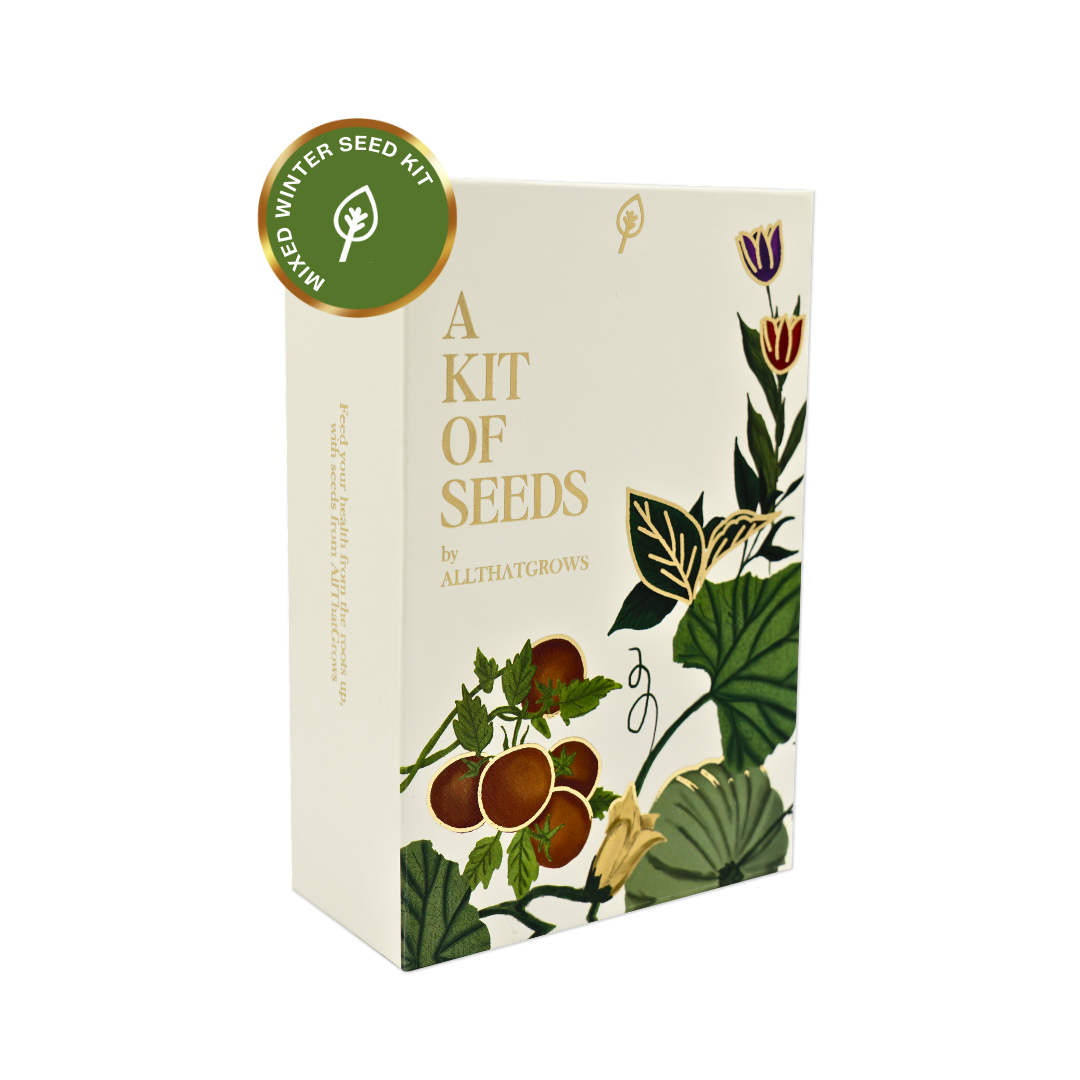

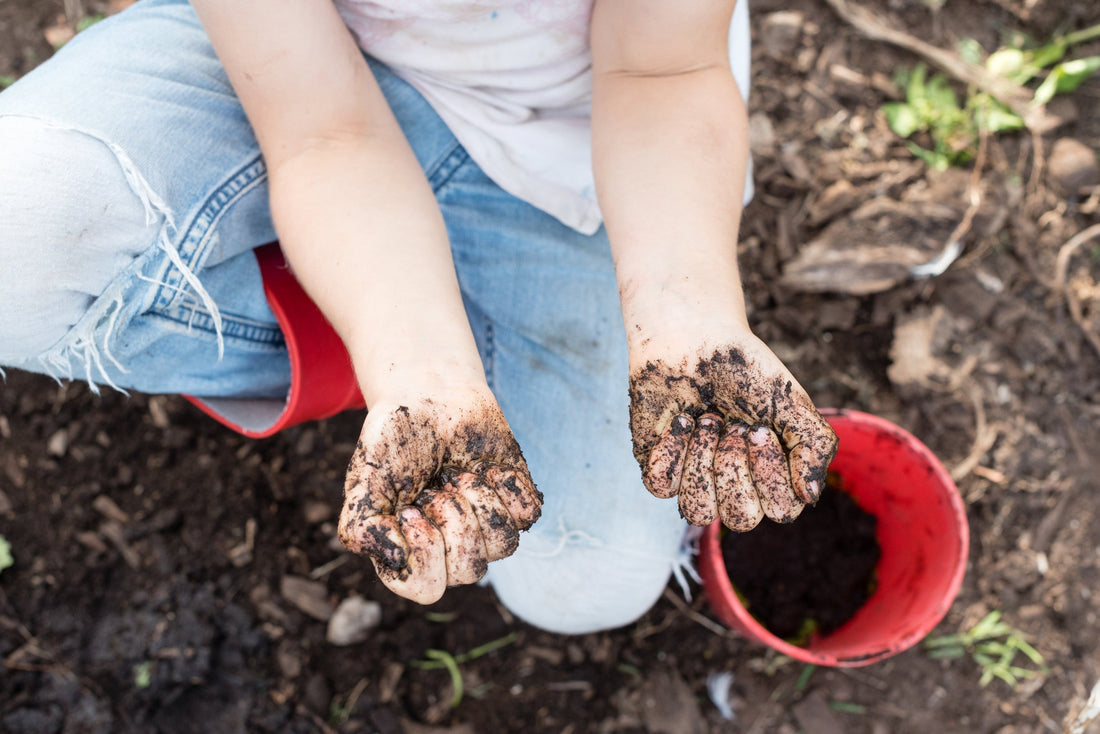
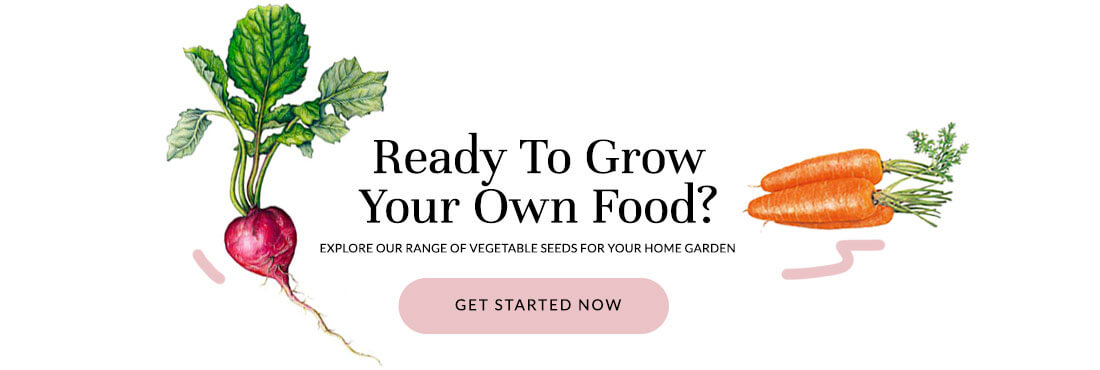
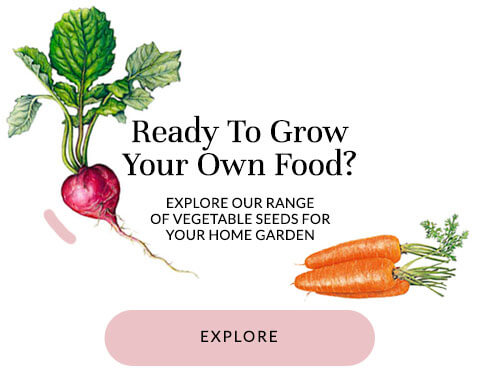
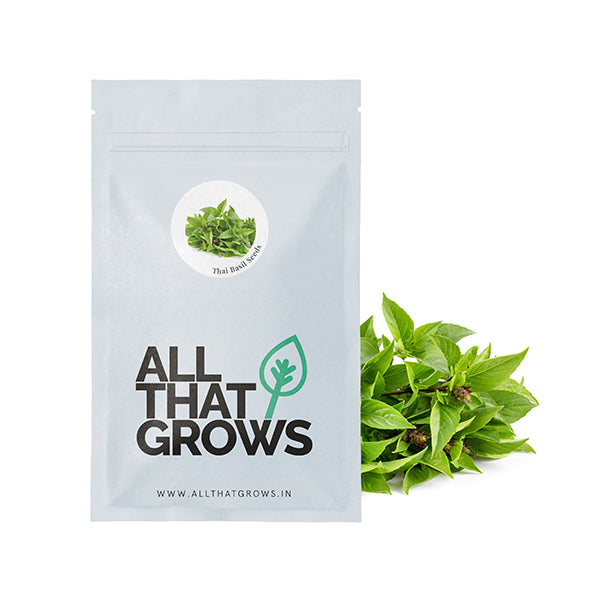
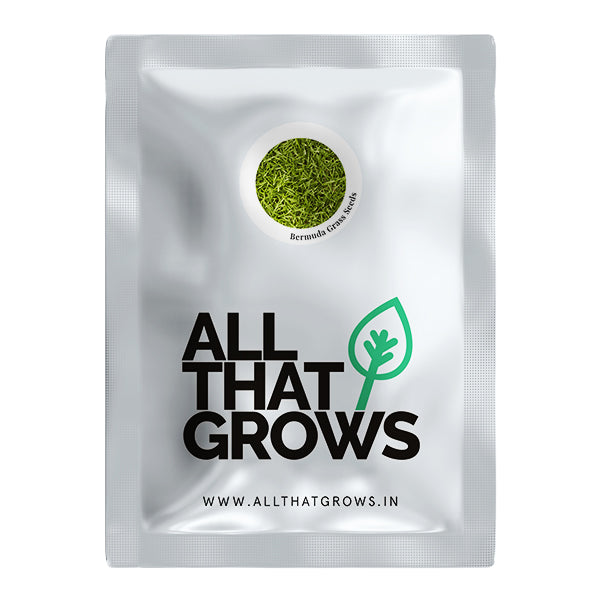
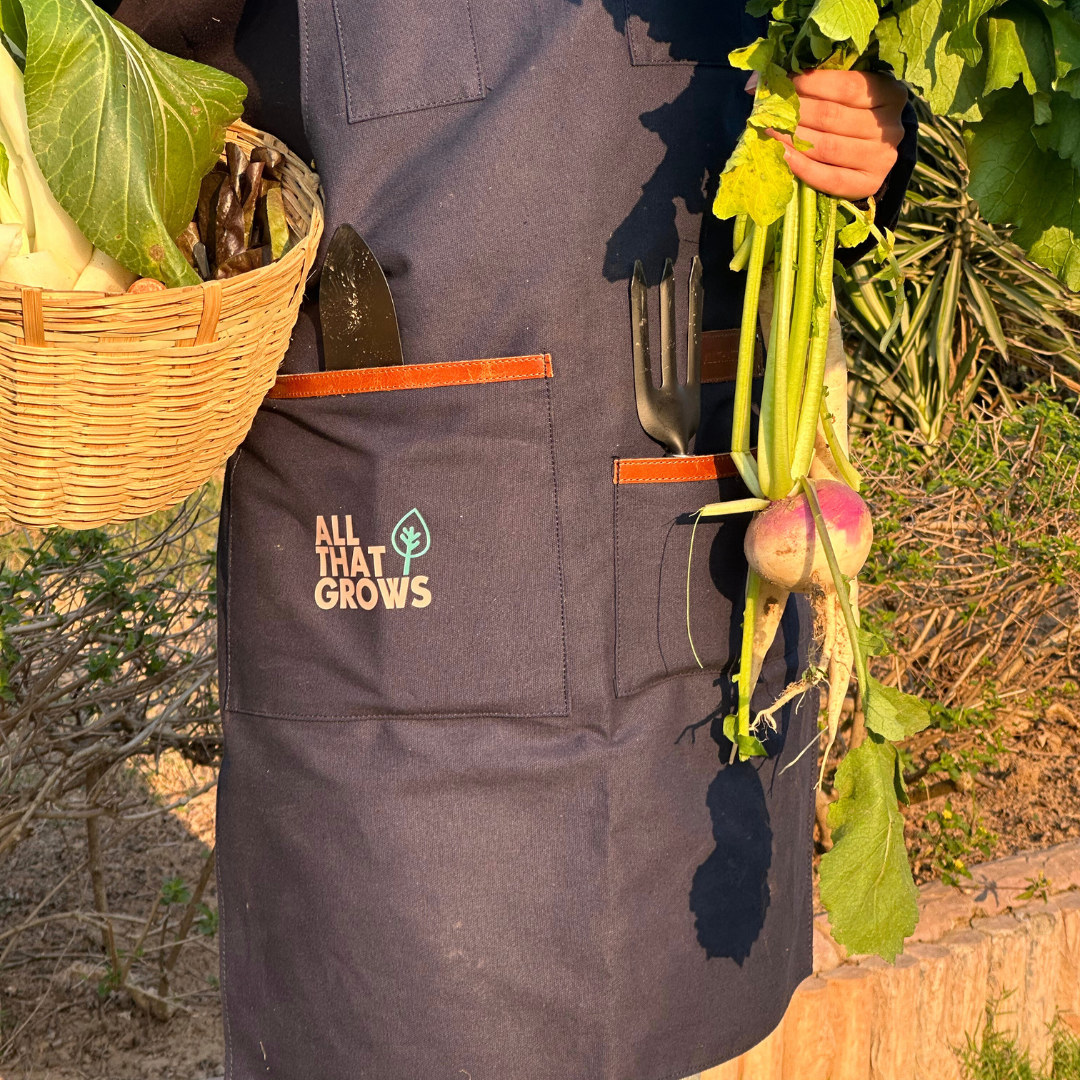

Leave a comment